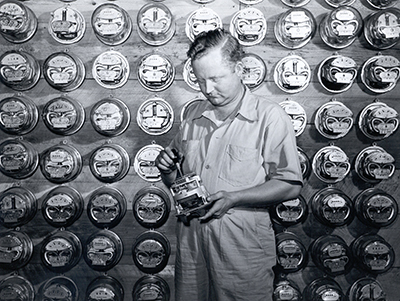 Today, it seems like electric power is everywhere you look. But that wasn’t always the case. In the mid-1930s, 90 percent of homes not located in big cities didn’t have electricity, and businesses built their offices and factories in major metropolitan areas to gain easy access to electric power.
Today, it seems like electric power is everywhere you look. But that wasn’t always the case. In the mid-1930s, 90 percent of homes not located in big cities didn’t have electricity, and businesses built their offices and factories in major metropolitan areas to gain easy access to electric power.
That all started to change in May of 1933 with the passage of the Tennessee Valley Authority (TVA) Act. This federal legislation created a rural electrification program authorizing the new TVA Board to build transmission lines supplying electricity to rural communities at reasonable rates. The creation of the Rural Electrification Administration (REA) in 1935 helped provide further federal funding for these projects, increasing the spread of electric power to rural areas throughout the nation.
Established in 1935, Indiana Electric Cooperatives was formed to represent rural electric cooperatives in Indiana—and we were the first organization of our kind in the country. While the landscape of rural electric cooperatives is much different today than it was in the 1930s, our mission is the same: to provide a unified voice for our members while helping to lead, serve and advocate for their best interests.



